Pierre Bely9780387955124, 0387955127
Table of contents :
Cover……Page 1
Contents……Page 10
Preface……Page 8
Contributors and Reviewers……Page 20
Credits for Figures and Tables……Page 24
Introduction……Page 26
1.2.1 Intensity……Page 30
1.2.2 Distribution of sources of interest in the sky……Page 32
1.3.1 Atmospheric extinction……Page 34
1.3.2 Atmospheric emission……Page 36
1.3.3 Atmospheric refraction……Page 37
1.3.4 Atmospheric turbulence: basic notions……Page 38
1.3.5 Atmospheric turbulence: the physics of seeing……Page 42
1.4.1 Celestial backgrounds……Page 44
1.4.4 Coping with atmospheric and telescope thermal emission……Page 47
1.5 Signal-to-noise ratio……Page 49
1.6.2 Julian date……Page 53
1.7 Coordinate systems……Page 54
1.8 Pointing corrections……Page 56
1.8.3 Parallax……Page 57
1.8.4 Aberration of starlight……Page 58
1.9.1 Target acquisition……Page 60
1.9.3 Guide star catalogs……Page 61
1.10 Telescopes and interferometers……Page 62
References……Page 64
Bibliography……Page 65
2.1 Main types of instrument……Page 66
2.1.1 Cameras……Page 67
2.1.2 Photometer……Page 68
2.1.4 Dispersing spectrometers……Page 69
2.1.5 Fabry-Perot spectrometer……Page 72
2.1.6 Fourier transform spectrometer……Page 73
2.2 Optical throughmid-infrared detectors……Page 74
2.2.1 Photon detection in semiconductors……Page 75
2.2.2 CCD detectors……Page 77
2.2.3 Infrared array detectors……Page 78
2.2.4 Specific detector characteristics……Page 80
2.3 Relay optics……Page 84
2.4 Cryogenic systems……Page 85
Bibliography……Page 86
3 Design Methods and Project Management……Page 87
3.1 The project life cycle……Page 88
3.2 The tools of systems engineering……Page 91
3.2.1 Design reference program……Page 92
3.2.2 Requirements “flowdown”……Page 94
3.2.3 Error budgets……Page 97
3.2.4 End-to-end computer simulations……Page 99
3.2.5 Design testability and forgiveness……Page 100
3.2.6 Scaling laws……Page 101
3.2.7 Costmodels……Page 103
3.2.8 Cost as a design variable……Page 104
3.2.9 Observatory performance metrics……Page 106
3.3 Project management……Page 111
3.3.1 General principles……Page 112
3.3.2 Project organization……Page 113
3.3.3 Work breakdown structure……Page 114
3.3.5 Procurement strategy……Page 115
3.3.6 Technology development……Page 116
3.3.7 Reliability……Page 118
3.3.8 Quality assurance, verification, and validation……Page 119
3.3.10 Configuration management……Page 120
3.4 Project scheduling……Page 121
3.5 Risk analysis……Page 124
3.6.1 Approaches to cost estimating……Page 125
3.6.3 Cost estimate accuracy……Page 126
3.6.4 Construction of multiple units……Page 127
3.6.5 Budgeting and resource planning……Page 128
References……Page 129
Bibliography……Page 130
4.1.1 Fundamental principles……Page 131
4.1.3 Stops and pupils……Page 133
4.1.4 Primary aberrations……Page 135
4.1.5 Wavefront errors……Page 136
4.1.6 Diffraction effects……Page 139
4.1.7 Image formation……Page 140
4.2.1 Single-mirror systems……Page 146
4.2.2 Two-mirror systems……Page 147
4.2.3 Three- and four-mirror systems……Page 149
4.2.5 Auxiliary optics……Page 151
4.3 Optical error budget……Page 152
4.4 Criteria for image quality……Page 154
4.5.1 Focus selection……Page 159
4.5.2 Selection of f-ratio……Page 161
4.5.3 Matching plate scale to the detector resolution……Page 162
4.6.1 Generalities……Page 164
4.6.2 Borosilicate glass……Page 167
4.6.4 Low-thermal-expansion glass ceramic……Page 168
4.6.5 Silicon Carbide……Page 169
4.6.6 Beryllium……Page 170
4.7 Mirror structural design……Page 171
4.7.1 Lightweighted mirrors……Page 175
4.7.2 Segmented mirror systems……Page 176
4.7.3 Thermal effects……Page 180
4.8 Mirror production……Page 182
4.8.1 Computer-controlled lapping……Page 185
4.8.2 Stressed mirror figuring……Page 186
4.8.4 Ultraprecision machining……Page 187
4.8.5 Ion beam figuring……Page 188
4.8.6 Postfiguring mechanical deforming……Page 189
4.9.1 Testing philosophy……Page 190
4.9.2 Main testing techniques……Page 192
4.9.3 Testing the figure of primary mirrors……Page 196
4.9.4 Testing secondary mirrors……Page 197
4.9.7 Testing cryogenic mirrors……Page 198
4.10.1 Mirror cleaning……Page 199
4.10.2 Coating plant……Page 201
References……Page 202
Bibliography……Page 206
5.1 Causes of stray light……Page 208
5.2 Finding and fixing stray light problems……Page 209
5.3.1 Aperture stop……Page 210
5.3.3 Lyot stop……Page 211
5.3.5 Baffles for Cassegrain systems……Page 212
5.4 Scattering processes……Page 213
5.5 Stray light analysis……Page 214
5.6.1 Scatter frommirrors……Page 218
5.6.2 Scatter from diffuse black surfaces……Page 220
5.7 An example of protection against of-axis sources: HST……Page 222
5.8 An example of minimizing stray light from self-emission: NGST……Page 223
5.9 Minimizing thermal background in ground-based telescopes……Page 224
References……Page 225
Bibliography……Page 226
6 Telescope Structure and Mechanisms……Page 227
6.1.1 Kinematic mounting……Page 228
6.1.2 Minimizing decollimation……Page 230
6.1.3 Use of preload……Page 232
6.1.5 Designing out “stick-slip” and “microlurches”……Page 233
6.1.6 Choice of materials……Page 235
6.1.7 Athermalization……Page 237
6.1.8 Structural design……Page 238
6.2.1 Operational requirements……Page 239
6.2.2 Survival conditions……Page 240
6.3.1 Mounts for single mirrors……Page 244
6.3.2 Mounts for segmented-mirror systems……Page 248
6.4 Telescope “tube”……Page 249
6.4.1 Tube truss……Page 250
6.4.2 Tripod and tower-type supports for secondary mirrors……Page 253
6.4.3 Thermal effects……Page 254
6.4.4 Cassegrain mirror “spider”……Page 255
6.5.1 Equatorial mount……Page 258
6.5.2 Altitude-azimuth mount……Page 260
6.5.4 Fixed-altitude and fixed-primary-mirror mounts……Page 261
6.6 Bearings for ground telescopes……Page 262
6.6.2 Hydrostatic bearings……Page 263
6.7.2 Optics alignment and focusing devices……Page 267
6.7.3 Active secondary mirror for infrared chopping and field stabilization……Page 268
6.7.5 Cable wrap and cable twist……Page 270
6.7.6 Mirror cover……Page 271
6.8.1 Brakes……Page 272
6.8.3 Locking devices……Page 273
6.8.4 Earthquake restraints……Page 274
References……Page 275
Bibliography……Page 276
7 Pointing and Control……Page 277
7.2 System modeling……Page 278
7.2.1 First-order lumped-mass models……Page 280
7.2.3 Integrated models……Page 282
7.3.1 Fundamentals of servo systems……Page 288
7.3.2 Telescope control system implementation……Page 290
7.3.3 Disturbance rejection……Page 296
7.4.1 Drives for ground-based telescopes……Page 298
7.4.2 Space telescope attitude actuators……Page 304
7.5.1 Position encoders……Page 305
7.5.2 Tachometers……Page 307
7.5.3 Gyroscopes……Page 308
7.5.4 Star trackers and Sun sensors……Page 309
7.5.5 Guiding system……Page 310
7.6 Ground-based telescope disturbances……Page 313
7.6.1 Effects of wind: Generalities……Page 314
7.6.2 Effects of wind on telescope structure……Page 316
7.6.4 Effect of wind on telescope pier……Page 318
7.7 Disturbances in space……Page 319
7.7.1 Gravity gradient torque……Page 320
7.7.3 Solar radiation torque……Page 321
7.7.4 Magnetic torque……Page 322
7.7.5 Reaction wheel disturbances……Page 323
7.7.6 Other internally generated disturbances……Page 325
7.8 Active and passive vibration control……Page 327
7.8.1 Passive isolation of the vibration source……Page 328
7.8.2 Active isolation……Page 330
7.9 Observatory control software……Page 331
References……Page 333
Bibliography……Page 335
8.1.1 Respective roles of active and adaptive optics……Page 336
8.1.2 Active and adaptive optics architectures……Page 338
8.2.1 Shack-Hartmann sensor……Page 340
8.2.2 Curvature sensing……Page 341
8.2.3 Phase retrieval techniques……Page 343
8.3.1 Edge sensors……Page 344
8.3.2 Holographic grating patches and retroreflector systems……Page 347
8.3.4 IPSRU……Page 349
8.4.1 Fine steering mirrors……Page 350
8.4.2 Deforming the main optics……Page 352
8.4.3 Dedicated deformable mirror……Page 355
8.5 Control techniques……Page 356
8.6.1 The VLT active optics system……Page 357
8.6.2 Coaligning, cofocusing, and cophasing segmented systems……Page 358
8.7 Correction of seeing……Page 363
8.7.1 Historical developments……Page 364
8.7.3 Adaptive optics with laser stars……Page 365
References……Page 367
Bibliography……Page 369
9.1 General requirements……Page 370
9.3 Temperature control techniques……Page 371
9.4.1 Mirror figure control……Page 373
9.4.2 Controlling optics separation and alignment……Page 374
9.5 Avoiding locally induced seeing……Page 376
9.5.1 Thermal control of the enclosure during the day……Page 377
9.5.2 Seeing caused by a warmer floor……Page 378
9.5.3 Seeing due to heat sources or sinks in the telescope chamber……Page 379
9.5.5 Mirror seeing……Page 381
Bibliography……Page 385
10 Integration and Verification……Page 386
10.1 Integration and verification program, methods, and techniques……Page 387
10.1.2 Incremental verification……Page 388
10.1.3 Verification requirements matrix……Page 389
10.1.4 Verification based on end-to-end computer modeling……Page 390
10.2.2 Science verification……Page 391
Bibliography……Page 392
11 Observatory Enclosure……Page 393
11.2 Overall enclosure configuration……Page 394
11.4.1 Basic principles……Page 397
11.4.2 Windscreens and louvers……Page 399
11.4.3 Wind- and water-tunnel studies and numerical modeling……Page 400
11.5.1 Basic principles……Page 401
11.6.1 Loading cases……Page 405
11.6.2 Enclosure shape……Page 406
11.6.3 Shutter……Page 407
11.6.4 Bogies and drive……Page 408
11.6.5 Weather seals……Page 409
11.7 Telescope pier……Page 410
11.8 Handling equipment……Page 411
References……Page 412
12.1.1 Advantages of ground-based facilities……Page 414
12.1.2 Advantages of space-based facilities……Page 415
12.1.4 Capabilities of various observatory platforms……Page 417
12.2 Desirable characteristics for ground-based sites……Page 418
12.2.1 Seeing……Page 419
12.2.2 Criteria for extremely large telescopes of the future……Page 422
12.3 Location and characteristics of the best observing sites……Page 423
12.3.1 Characteristics of the major observatory sites……Page 425
12.4.1 Methods for testing image quality……Page 426
12.4.3 Acoustic sounder……Page 427
12.4.5 Radiosondes……Page 429
12.4.6 Numerical modeling of the atmosphere……Page 430
12.4.7 Optical seeing monitors……Page 431
12.5.1 Low-inclination low Earth orbit……Page 433
12.5.2 Sun-synchronous orbits……Page 435
12.5.3 Geostationary and geosynchronous orbits……Page 436
12.5.5 Sun-Earth Lagrangian point 2……Page 437
12.5.6 Drift-away orbit……Page 439
12.5.8 Moon……Page 440
12.5.9 Sun-Jupiter Lagrangian point 2……Page 441
12.6.1 Sources of radiation……Page 442
12.6.2 Radiation effects……Page 443
12.6.3 Dependence of radiation levels on observatory location……Page 444
12.7 Launchers……Page 447
References……Page 448
Bibliography……Page 450
A: Commonly Used Symbols……Page 451
B: Basic Data and Unit Conversions……Page 452
C: The Largest Telescopes……Page 454
D: Sharpness……Page 458
E: Derivation of the Equation of Motions……Page 461
A……Page 464
B……Page 468
C……Page 471
D……Page 475
E……Page 478
F……Page 480
G……Page 483
H……Page 484
I……Page 486
K……Page 488
L……Page 489
M……Page 490
N……Page 493
O……Page 495
P……Page 496
R……Page 499
S……Page 501
T……Page 506
V……Page 508
W……Page 509
Z……Page 510
A……Page 511
B……Page 512
C……Page 513
D……Page 515
E……Page 516
F……Page 517
G……Page 518
H……Page 519
I……Page 520
L……Page 521
M……Page 522
O……Page 523
P……Page 524
R……Page 525
S……Page 526
T……Page 528
V……Page 529
Z……Page 530
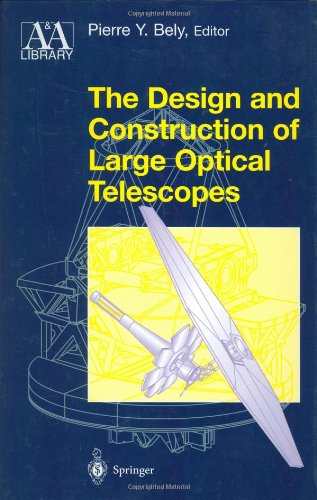
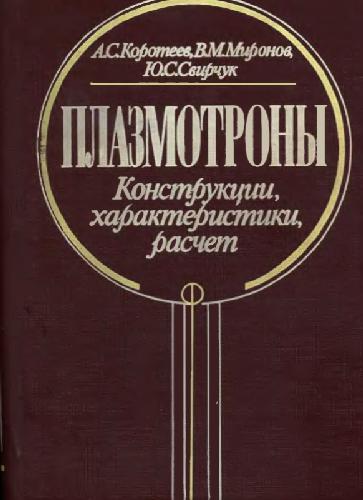

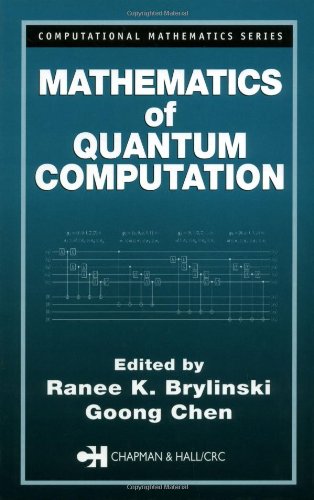

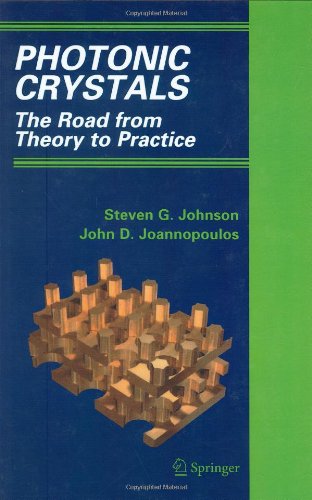
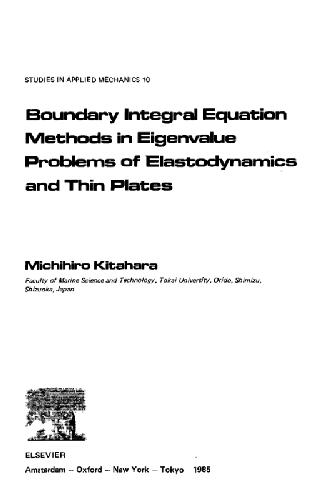
Reviews
There are no reviews yet.